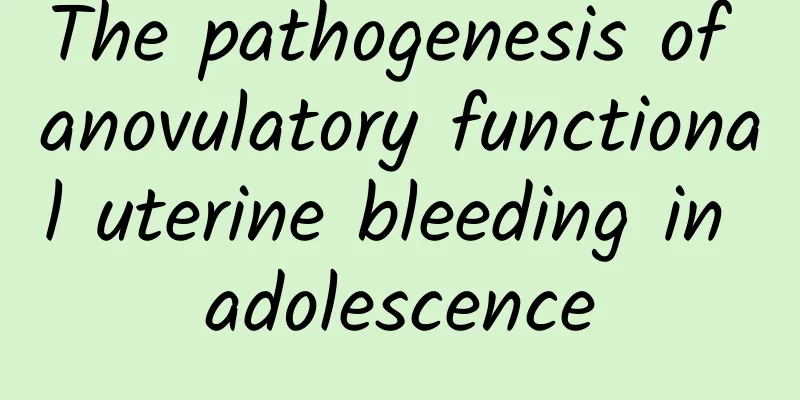What is the nature of ovarian chocolate cyst?

|
What is the nature of ovarian chocolate cyst? It is caused by ovarian endometriosis. Its tissue structure is the same as the endometrium in a normal position. It may also undergo proliferative or secretory changes, causing menstruation. Because menstrual blood cannot be discharged, it accumulates in the ovaries and forms cysts. 1 Simple ovarian cyst: Ovarian follicular cyst or corpus luteum cyst is common on one side, with thin and clear cyst wall, no adhesion around the cyst, and the size and shape of the cyst may change with the menstrual cycle. Ovarian chocolate cyst is more common on both sides, with thick and unclear cyst wall, and may show extremely low signal shadow sign inside, with low signal ring around. Due to the stimulation of repeated bleeding of the cyst, the cyst adheres to the surrounding tissues and organs, and clinically there is often a history of dysmenorrhea. 2 Ovarian cystadenoma: Ovarian cystadenoma is common on one side, with clear cyst wall edges and no clinical symptoms. However, when the cystadenoma ruptures, there may be adhesions around it, and it needs to be differentiated based on the clinical history, such as the absence of a history of dysmenorrhea and a history of acute rupture. 3. Pelvic abscess: The wall of pelvic abscess is enhanced in a ring-shaped manner on enhanced scan, and the enhancement ring is thick. Clinically, there are often manifestations of inflammation. 4 Ovarian cancer: When there is fresh bleeding in the ovarian chocolate cyst, it can be similar to a cystic solid mass and needs to be identified with ovarian cancer. After enhanced scanning of ovarian cancer, the actual part is obviously enhanced or has wall nodules, while the ovarian chocolate cyst is similar to the actual bleeding part, and there is no enhancement or wall nodules after enhanced scanning. 5 Ovarian cystic teratoma: The signal of cystic teratoma is uniformly high, the chemical shift changes, and the fat suppression signal is relatively low, which is the best identification method. Cystic teratoma is accompanied by calcification and generally has no adhesion to the surrounding tissue. Gynecological examination: The lesion is located in the uterine rectal trap, and irregular nodular protrusions can be touched, with obvious pain, and thickening and tenderness of the uterosacral ligament. Ectopic ovaries can usually be touched as fixed cysts in one or both pelvic cavities, with or without tenderness. When there are lesions in the vagina or cervix, purple-brown spots or nodules or small hemorrhages can be seen under the mucosa. |
<<: Ovarian cyst classification Women gain weight and should beware of ovarian cysts
>>: What are the symptoms after myomectomy?
Recommend
How to diagnose cervical erosion?
How to diagnose cervical erosion? Many women know...
Brief analysis of typical symptoms of atrophic vulvar leukoplakia at different stages
It is very necessary for female friends to unders...
Don’t give up if you can’t lose weight: 3 tips to break the weight loss plateau
In the early stages of weight loss, weight usuall...
Ovarian cyst prevention tips
The prevention of ovarian cysts is knowledge that...
The harm of vulvar leukoplakia is related to changes in the internal environment
Since few people really understand the harm of vu...
What are the common symptoms of hyperprolactinemia?
When understanding the symptoms of hyperprolactin...
What are the procedures for hysterectomy? What are the preparations for hysterectomy?
What are the procedures for hysterectomy? What ar...
Is it okay not to take anti-inflammatory drugs after abortion? Things women need to pay attention to after abortion
Nowadays, more and more female friends choose to ...
What are the effective treatments for uterine fibroids?
Treatments for uterine fibroids include medicatio...
What foods are suitable for patients with cervical warts?
Cervical warts are a skin disease caused by a vir...
What tests should patients with cervical erosion undergo?
Cervical erosion is the disease most familiar to ...
How is Endometriosis Diagnosed?
There are many types of gynecological diseases in...
How can we prevent adnexitis?
What is adnexitis? How can we prevent adnexitis? ...
Will eating guava seeds cause constipation? The truth of the matter is…
More C means more health. Vitamin C can protect c...
Physical health care for menopausal women
Experts say that menopause is a common gynecologi...









